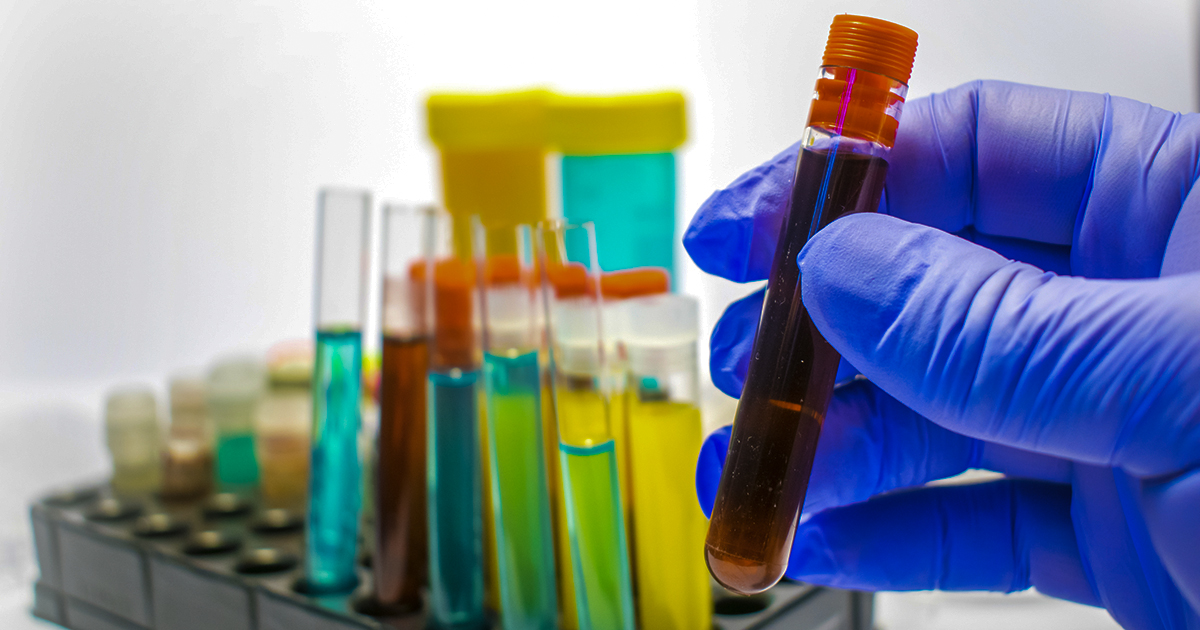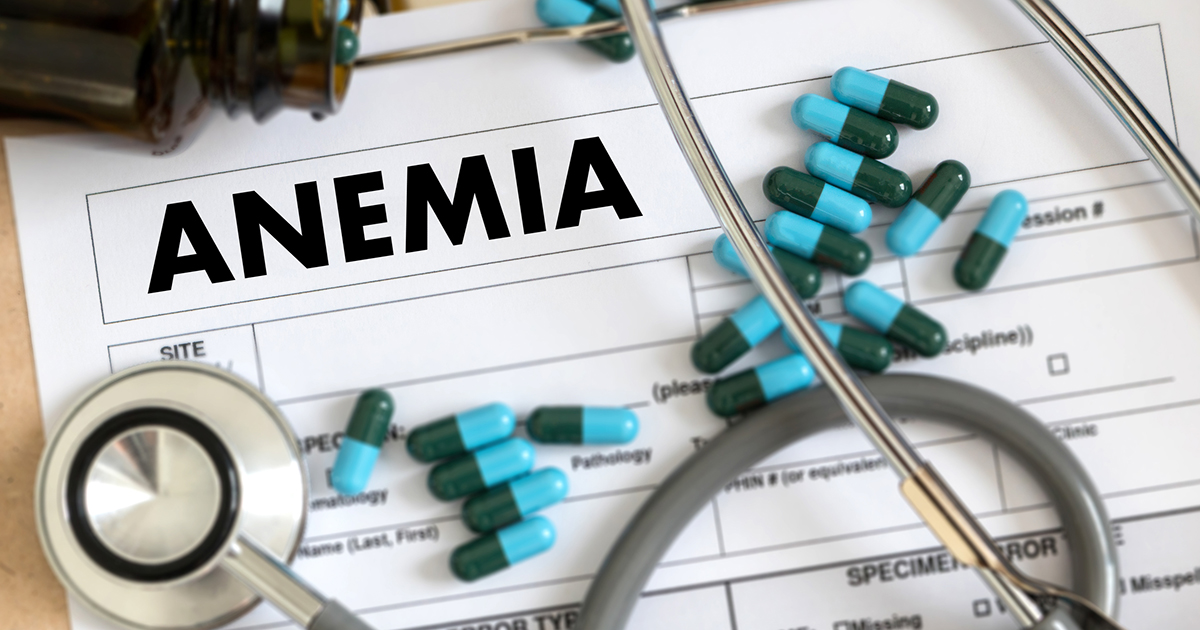How To Treat Amyloidosis
Amyloidosis is caused by the buildup of amyloid in the tissues and organs, resulting in a change in the shape and the effectiveness of the function of the affected organ. Several proteins have been linked to the buildup of amyloids and buildup can occur just in one area of the body or all throughout. Amyloidosis can cause severe health problems and can be life-threatening if the condition results in organ failure. While there is no cure for amyloidosis, there are several treatments available to help manage the symptoms and decrease the risk of organ failure in patients with the disease. Get to know these treatments now.
Liver Transplant

Transthyretin amyloidosis is considered the most common type of amyloidosis in which amyloid deposits build up in the liver. This increased buildup of amyloid can cause the liver to begin functioning inefficiently and eventually lead to liver failure. One treatment doctors may pursue is a liver transplant. Removing the damaged liver will not only provide the patient with a healthy, functioning liver, the body will also cease production of amyloids thereby eliminating the buildup of the protein in the new liver. However, the waiting list for a new liver is quite lengthy. After undergoing the procedure, patients can expect to spend at least five to ten days in the hospital recovering, with the possibility of a stint in intensive care if the situation warrants it. Transplant recipients can also anticipate having to take several different medications for the remainder of their life to help prevent their body from rejecting the new liver.
Autologous Blood Stem Cell Transplant

Immunoglobulin light chain (AL) amyloidosis is the most common type of the disease and typically affects the heart, kidneys, nerves, skin, and liver. This form of the disease is a result of the production of abnormal antibodies the body cannot break down. One treatment for AL amyloidosis is an autologous blood stem cell transplant (ACST). The process for ACST includes collecting patients stem cells from their blood and storing them before the patient undergoes chemotherapy. After the series of chemotherapy is complete, the stem cells removed from the body are then returned to the patient intravenously. An autologous blood stem cell transplant provides the most benefit for those whose amyloidosis has not progressed very far and whose heart is not damaged and is working efficiently.
Dialysis Or Kidney Transplant

Primary amyloidosis and dialysis-related amyloidosis affect the function of the patient's kidneys. In fact, of all the organs, the kidneys are the most likely to be affected by amyloidosis. As the deposits accumulate in the kidneys, the kidneys begin to malfunction, leading to a buildup of toxins in the blood, which can be life-threatening if not addressed. Individuals with kidneys affected by amyloidosis may undergo dialysis or a kidney transplant. Dialysis involves the filtering and cleansing of blood through a machine. Individuals with severe kidney damage who are in danger of entering or are already in renal failure may need a kidney transplant. It is important to note there is no known cure for amyloidosis but complete removal of the diseased kidney may cease the progression of the disease.
Underlying Condition Treatment

Although there is no cure for amyloidosis, research indicates engaging in underlying condition treatment is beneficial to the patient. The most common underlying condition seen in those with amyloidosis is anemia, which is easily treated with an increase in iron intake. Depression is also a common underlying condition, and though treatment depends on the severity as well as the individual, treatment often includes some type of psychotherapy. Individuals with fatigue due to amyloidosis will typically be referred to a nutritionist for diet change recommendations and required to rest, and those with kidney disease may begin treatment, some of which were discussed previously, to decrease the progression of the disease and maintain the current level of kidney function.
Consuming A Healthy Diet

While no research supports the claim that consuming a healthy diet prevents the development of amyloidosis, it does show eating a healthy diet does help in the treatment of the disease. Patients may be required to limit the amount of sodium they consume on a daily basis, as well as decrease the number of liquids consumed to lower blood pressure and reduce water retention and swelling. Physicians may also require patients to consume a diet low in saturated fat and cholesterol to manage cholesterol in the blood. Because it takes more effort for the kidneys to break down proteins, those with amyloid deposits in the kidneys may be required to restrict the amount of protein they consume to decrease the risk of risk for a faster decline of the kidneys and renal failure.
